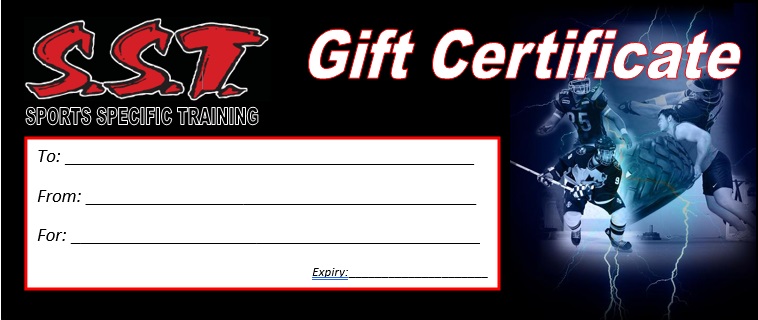
The foundation on which all success is built for any athlete, is strong muscles. Without them, it is impossible for athletes to achieve the highest level of performance in their chosen Sport.
One of the biggest obstacles to improving strength and increasing athletic performance is muscle recovery, the process in which muscles receive nutrients and repair themselves after intense use. While some recovery time will always be necessary for human muscles, there are a few muscle recovery techniques for athletes that are designed to minimize the amount of downtime that the muscles require. This means that an athlete has more time to spend improving their skills at their chosen sport.
Stretching Intensity
Stretching is among the best muscle recovery techniques because it improves the flow of blood to the muscles that are being stretched. In this way, it speeds up the recovery process by allowing the muscles to more readily receive the nutrients they need.
Both static and dynamic stretching are beneficial!
Get Enough Rest
Although many competitive athletes aren’t fond of the idea of limiting their activity, adequately resting muscles that are being worked out is one of the most critical muscle recovery techniques for athletes. When the body is asleep, it goes through several important processes that repair muscle tissue and restores balance to the rest of the body. Sleep is especially important for those athletes who want to improve their muscle mass; some medical specialists believe that a lack of sleep can actually contribute to the loss of muscle mass, based on the hormonal changes that occur while a person is asleep.
Even the most elite athletes in the world do not neglect their sleep. Tennis legend Roger Federer is known to sleep between ten and twelve hours a night, as does basketball star LeBron James. In late 2014 it was reported that NFL quarterback Tom Brady, goes to bed at 8:30 PM each night to make sure he can get enough sleep to wake up early and work on his skills.

Improving Blood Flow
The nutrients contained in the body’s blood are important because they eventually get sent to muscles that are recovering, allowing them to begin the process of restoring muscle fibers to make them stronger than they were before. Without sufficient blood flow, muscles will not receive these important building blocks, ultimately limiting their growth. Some of the muscle recovery techniques for athletes that can help contribute to blood flow include stretching and maintaining a diet of healthy foods that do not contribute to blocked arteries or veins.
Getting a Massage
Many athletes get massages frequently to alleviate tense muscles, so their bodies feel better and don’t give them as much pain. Receiving a massage can be one of the best muscle recovery techniques for athletes because it helps make the biological process of muscle recovery more efficient. In a post on The New York Times’ blog entitled Well, scientific research showed that people who received a massage had lower levels of cytokines, a compound that causes inflammation, and higher levels of mitochondria activity, which helps convert glucose into the energy that is important for cell repair.
Remember, if you are an athlete looking for recovery through massage, you don’t need to go to a professional each and every time. Learning a few different massage techniques and applying them yourself after a workout or competition can help you get many of the great benefits of massage without having to make an appointment with a massage therapist. There are plenty of massage products on the market as well, which are designed to work specific areas.
Drinking Enough Water
Water is important for many of our bodily functions; it is no wonder, when you consider that most scientists agree that the average adult human body is 55 to 60% water. While most athletes already know that staying hydrated is important during performance or training sessions, some may forget that drinking water is one of the best muscle recovery techniques for athletes today. This is because drinking water helps fill up the cells and prevent them from falling victim to protein synthesis. Hydration is also important for facilitating digestion, so that the body can receive all of the nutrients that are needed for proper recovery. Water helps contribute to a healthy digestive process.
The standard suggestion for water consumption each day is 64 ounces or about half a gallon. However, some athletes may need to drink more than that to be adequately hydrated. A good tip for drinking enough water each day is to take a reusable water bottle with you to work or school so that you can space out your water drinking and maintain hydration throughout the day. Use your urine as an indicator of hydration… if its clear then you’re getting enough but if its yellow or dark you need to step it up!
Consuming Coconut Products
Why are coconuts considered valuable to the muscle recovery process? There are a few common reasons why coconut-based drinks and foods have become so popular with today’s athletic community. First, coconut products contain compounds known as medium-chain triglycerides, which are fats that the body can absorb into the bloodstream more easily than other types. This makes it an ideal form of fuel for the muscle recovery process.
Coconut water is becoming a popular alternative to traditional sports drinks for athletes, because of its effectiveness at restoring hydration after a workout. Coconut water contains electrolytes and plenty of potassium, which means that it is one of the best muscle recovery techniques for athletes who want to reduce their downtime between workouts. Many athletes have decided to stop drinking the traditional sports drinks on the market in favor of coconut-based juices and water drinks.

Rolling Your Muscles
Rolling your muscles is a great way to release tension in your body by removing knots in areas like the legs, arms, and sides. This can be done with a specialized foam roller, a medicine ball, or other similar devices that are meant to move easily along the muscles. There are different kinds of techniques employed for muscle rolling depending on the areas and specific muscles that need to be rolled.
When you roll your muscles, it results in better flexibility and less painful movement of the muscles in question, because you break up tightness and knots that cause stiffness and pain. Muscle rolling is one of the great muscle recovery techniques for athletes because it helps restore range of motion and eliminate the tightness and pain that often comes with inflammation as a result of intense competitions or training sessions. Muscle rolling is also a good recovery technique because it gives you more control over the specific areas that you target for recovery, which can provide highly effective relief.
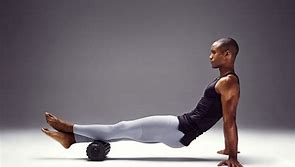

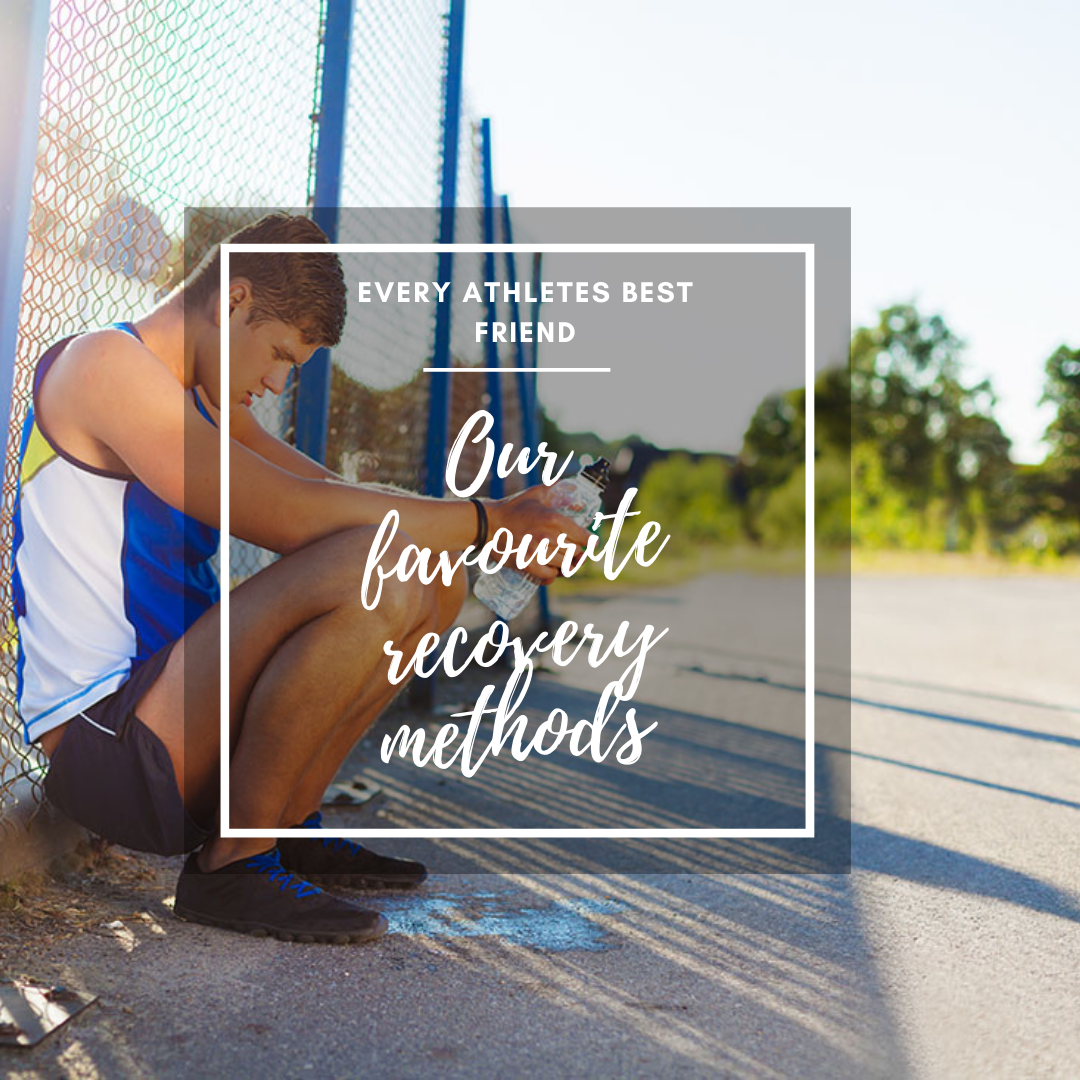
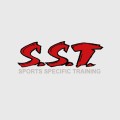
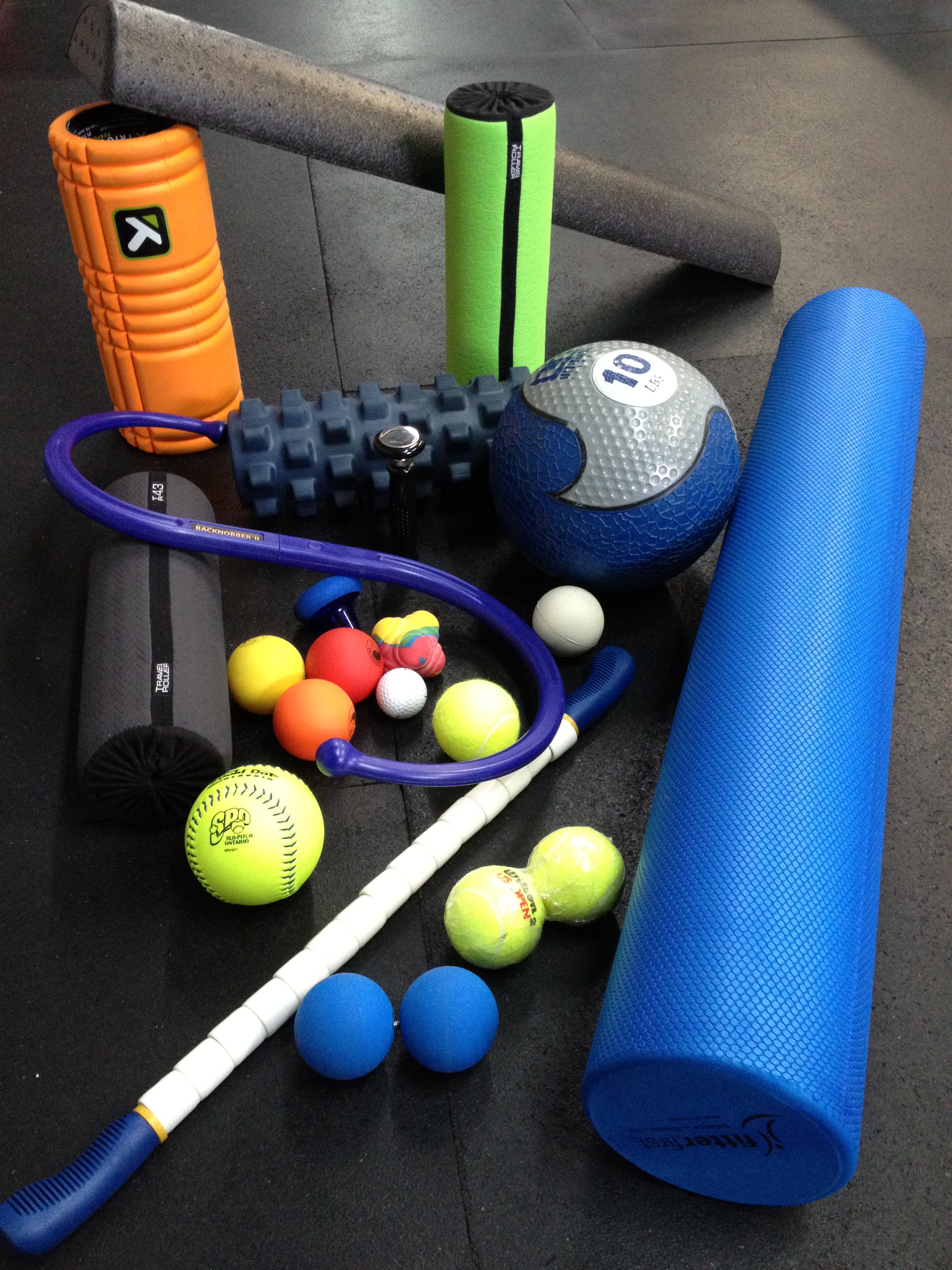
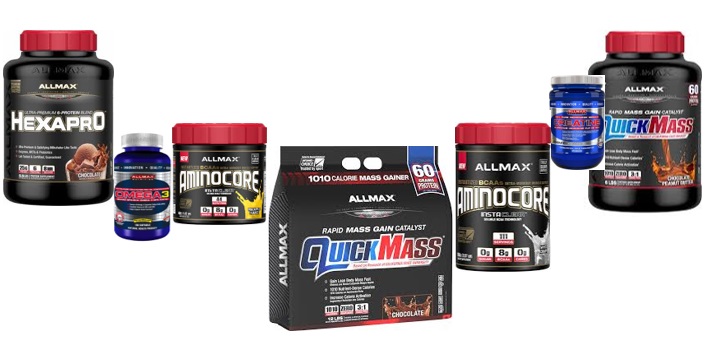
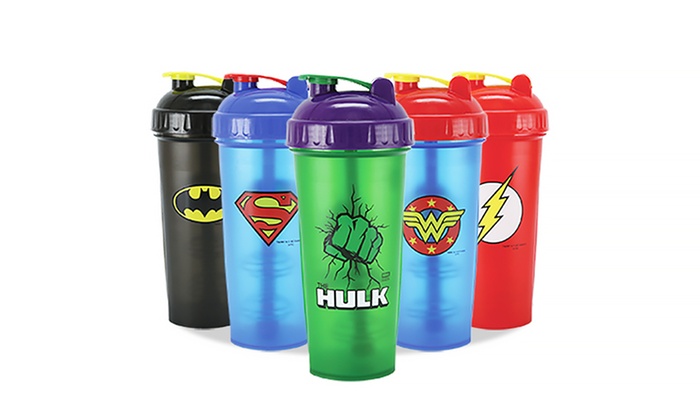
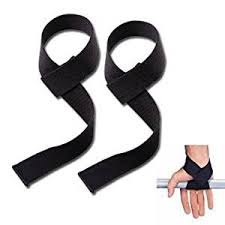
 progression, and help them reach their goals. A workout journal does not need to be complicated, a lined notebook can work great.
progression, and help them reach their goals. A workout journal does not need to be complicated, a lined notebook can work great.